ME 563 Mechanical Vibrations Lecture #14
advertisement
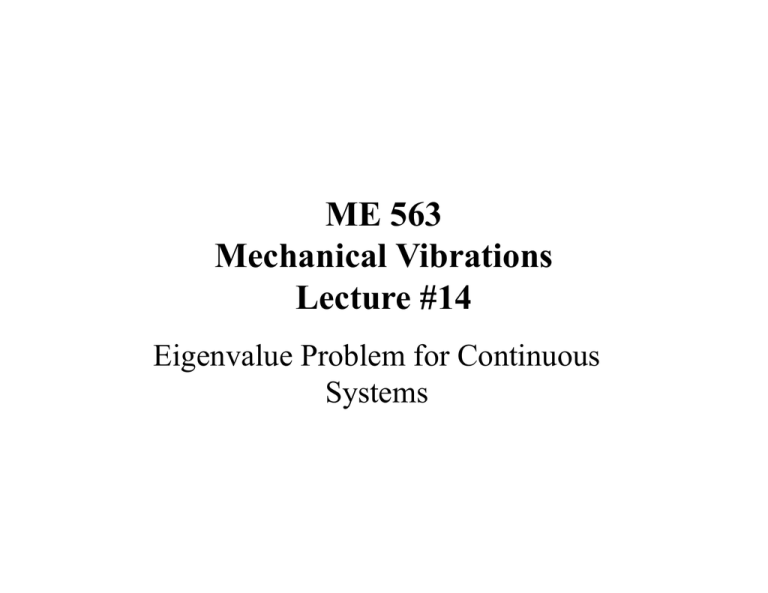
ME 563 Mechanical Vibrations Lecture #14 Eigenvalue Problem for Continuous Systems 1 Discrete vs. Continuous When we solved for the free response of a lumped parameter (discrete) mechanical system, we found that: Spatial pattern Temporal pattern But in a continuous system, there are an infinite number of possible spatial coordinates (and modal parameters). Therefore, we can expect to see a longer summation, but the form of the solution should still be of the form: 2 String Solution Consider the string equation of motion: If we assume a solution of the form, , we obtain: 3 String Solution This last equation can only be satisfied for all t and x if: We make an inspired guess for this constant (based on the second expression in the equation above): 4 String Solution Now we can solve each of these equations independently in space and time (in that order): This equation is of second order just like for the single degree of freedom system. Therefore, we can solve it given two boundary conditions on Y(x). 5 Boundary Conditions Consider the case where the string is fixed on both ends: (why is this called the eigenvalue problem for the string?) Then 6 Total Solution The time domain equation can then be solved: Then we can put the temporal and spatial components of the solution together: 7 Visualizing the Solution 8 Normal Coordinates If we normalize the spatial functions, Yn(x), as follows: then we can expand the solution as follows: and multiply by one function Yr(x) at a time to uncouple them. We will do this later to obtain the forced response as well. 9 Uncoupled Normal Equations Uncoupled equations! 10 Beam Solution Consider the beam equation of motion: If we assume a solution of the form, , we obtain: For a beam that is simply supported on both ends (because that leads to the simplest solution for the natural frequencies). 11 Beam Solution The characteristic equation is obtained as for the beam: which is written in operator notation to stress the fact that this is an eigenvalue problem like in the discrete case. The possible solution of this equation are as follows: Then the boundary conditions must be applied (next slide). 12 Boundary Conditions 13 Boundary Conditions These equations can also be written and solved in matrix form:
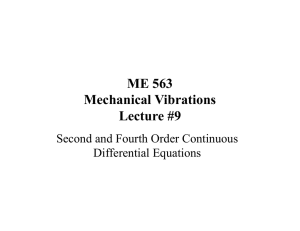
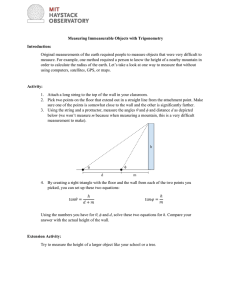


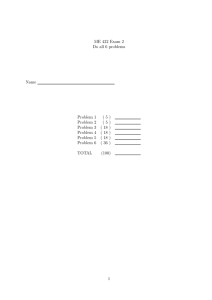
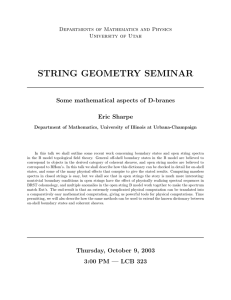

![arXiv:1512.01171v1 [physics.gen-ph] 3 Dec 2015](http://s2.studylib.net/store/data/018900914_1-2fb664499bf513b919376b6293533bb6-300x300.png)